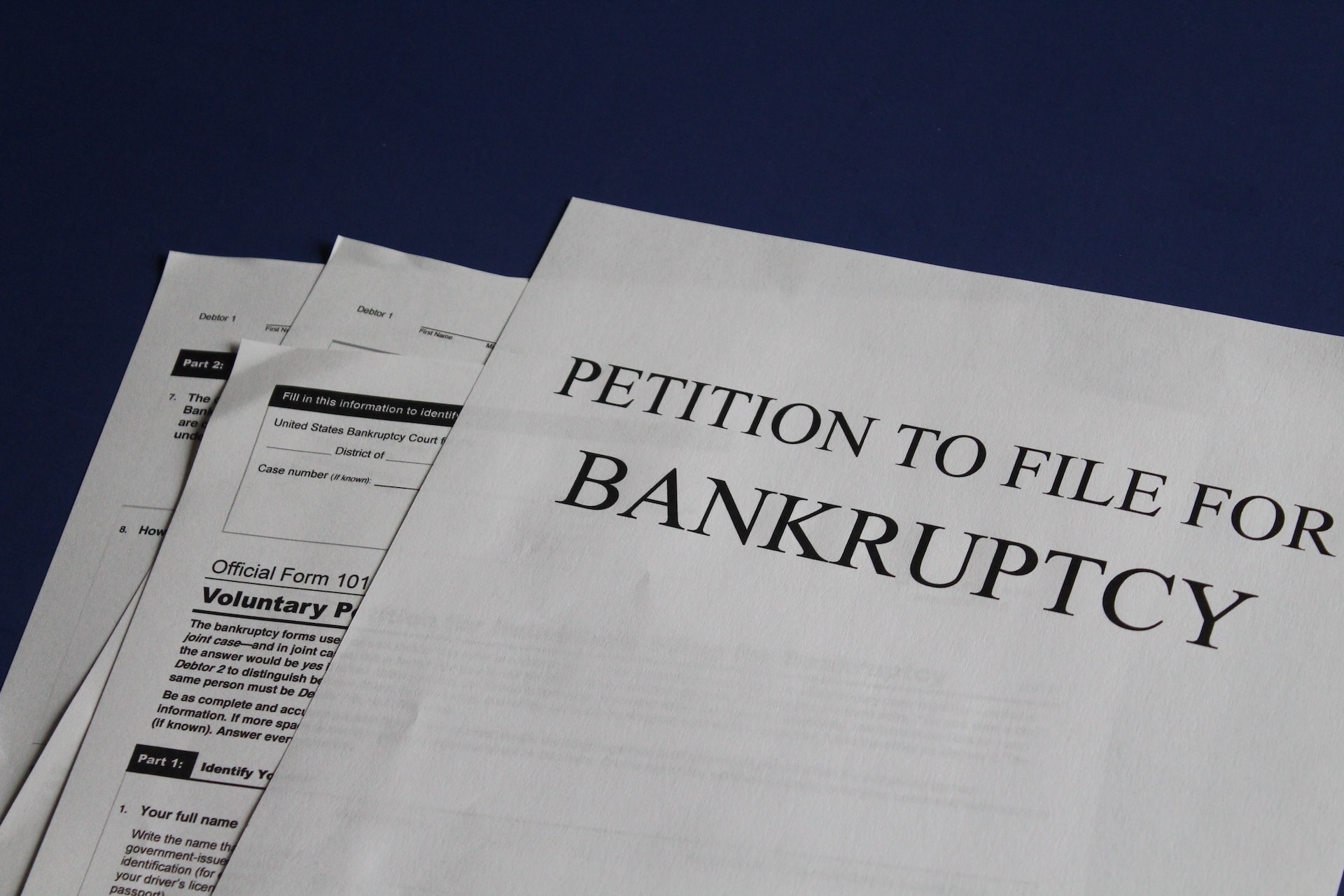
The Impact of Bankruptcy on Your Finances: What You Need To Know
When life throws unexpected financial challenges your way, it can feel like you’re drowning in a sea of debt with no life raft in sight. In such dire circumstances, bankruptcy might seem like a lifeline, offering a chance to start fresh.
Bankruptcy Basics
What is Bankruptcy? Bankruptcy is a legal process that allows individuals and businesses to eliminate or restructure their debts when they can no longer meet their financial obligations. It provides a fresh start by either wiping out debts entirely (Chapter 7) or creating a structured repayment plan (Chapter 13). You’ll need a bankruptcy lawyer in Phoenix to help you navigate this.
Types of Bankruptcy: Chapter 7 vs. Chapter 13
- Chapter 7 Bankruptcy: Often referred to as “liquidation bankruptcy,” Chapter 7 involves selling your non-exempt assets to pay off your creditors. After this, remaining eligible debts are discharged. This process is typically faster, usually taking 3-6 months.
- Chapter 13 Bankruptcy: Under Chapter 13, you create a repayment plan to pay off your debts over three to five years. This is suitable if you have a stable income and want to keep certain assets, like your home or car.
The Impact on Your Finances
1. Credit Score Takes a Hit
Bankruptcy can cause a significant drop in your credit score, making it challenging to secure new credit or loans.
A Chapter 7 bankruptcy stays on your credit report for ten years, while Chapter 13 lingers for seven years.
2. Difficulty Obtaining New Credit
Lenders may view you as a high-risk borrower, leading to higher interest rates and fees if you can get credit at all.
Rebuilding your credit post-bankruptcy is possible but requires time and responsible financial management.
3. Asset Loss
In a Chapter 7 bankruptcy, you may lose non-exempt assets, which can include property, vehicles, and valuable possessions.
Chapter 13 allows you to keep assets, but you must adhere to the repayment plan to avoid losing them.
4. Limited Financial Flexibility
Bankruptcy can restrict your financial freedom, as you may need court approval for significant financial decisions while under Chapter 13.
5. Employment and Housing Challenges
Some employers and landlords perform credit checks, potentially affecting your job prospects and housing options.
The Decision-Making Process
Step 1: Assess Your Financial Situation
Take a close look at your debts, assets, income, and expenses. Calculate whether you can realistically pay off your debts over time.
Step 2: Consider Alternatives
Explore alternatives like debt consolidation, negotiation, or credit counseling before deciding on bankruptcy.
Step 3: Consult with a Bankruptcy Attorney
Seek advice from a qualified bankruptcy attorney to understand your options and eligibility for different bankruptcy chapters.
Step 4: Determine the Appropriate Chapter
Based on your financial situation and goals, work with your attorney to decide whether Chapter 7 or Chapter 13 is the best fit.
Step 5: Prepare and File Your Bankruptcy Petition
With the guidance of your attorney, gather the necessary documentation and submit your bankruptcy petition to the court.
Step 6: Attend Credit Counseling
Mandatory credit counseling is required before filing for bankruptcy, providing valuable financial education.
Step 7: Create a Repayment Plan (Chapter 13)
If you choose Chapter 13, work with your attorney to create a realistic repayment plan that fits your budget.
Step 8: Attend the Meeting of Creditors
You’ll meet with creditors and the bankruptcy trustee to discuss your case, answer questions, and address concerns.
Step 9: Follow the Court’s Orders
Whether it’s adhering to a repayment plan or surrendering assets (Chapter 7), it’s crucial to comply with court orders.
Step 10: Rebuild Your Finances
Post-bankruptcy, focus on rebuilding your credit and managing your finances responsibly.
Bankruptcy Myths Debunked
Myth 1: Bankruptcy Erases All Debts
Reality: While bankruptcy can eliminate many types of debts, certain obligations like student loans, child support, and tax debts often remain.
Myth 2: Everyone Will Know About Your Bankruptcy
Reality: Bankruptcy filings are public records, but they are not widely publicized. Most people won’t know unless they actively search for it.
Myth 3: You’ll Lose Everything in Bankruptcy
Reality: Bankruptcy exemptions protect certain assets like your primary residence, vehicle, and personal belongings.
Myth 4: You’ll Never Get Credit Again
Reality: Rebuilding credit post-bankruptcy is challenging but achievable. Secured credit cards and responsible financial management can help.
Life After Bankruptcy
Rebuilding Credit
- Focus on improving your credit score by paying bills on time and keeping credit card balances low.
- Consider obtaining a secured credit card, which can be a useful tool for rebuilding credit.
Budgeting and Financial Management
- Create a realistic budget and stick to it to avoid falling back into financial trouble.
- Seek financial education and counseling to enhance your money management skills.
Seeking Professional Advice
- Consult with a financial advisor to create a long-term financial plan that aligns with your goals.
Avoiding Future Debt
- Learn from your past mistakes and make wise financial decisions to prevent accumulating excessive debt again.
In Conclusion
Remember, while bankruptcy may seem like the end, it can also be the beginning of a more secure financial future if managed wisely.


